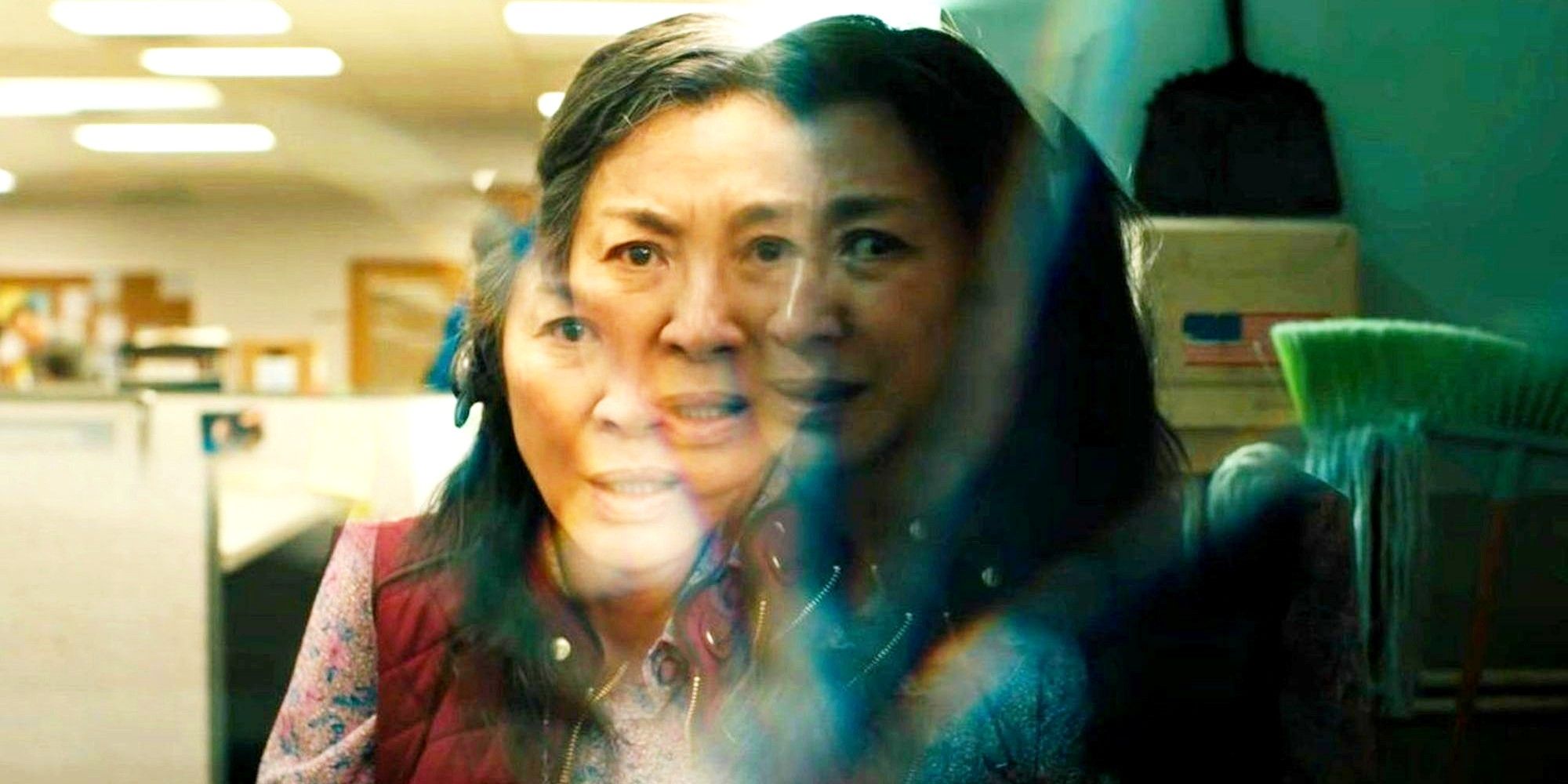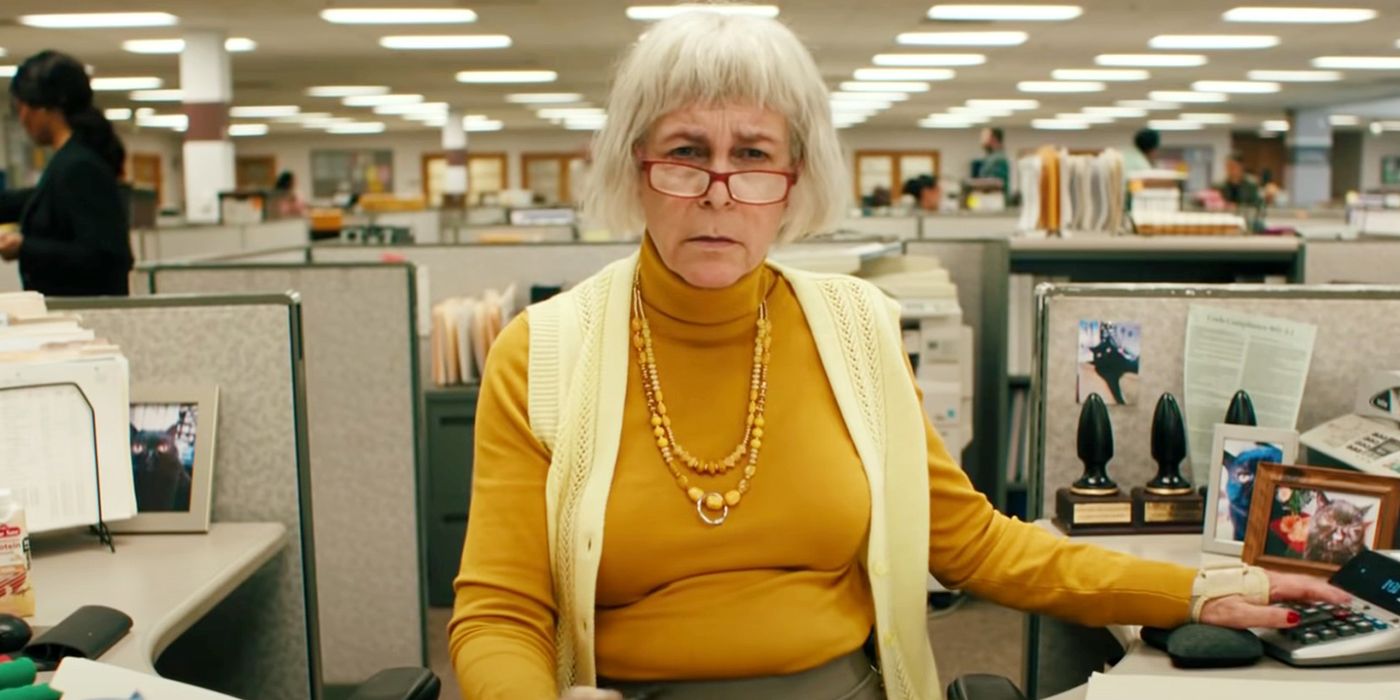Everything Everywhere All at Once boasts an incredibly quick turnaround for a film so complex, according to stars Michelle Yeoh and Jamie Lee Curtis. The A24 breakout hit tells the story of Evelyn Wang (Yeoh), a Chinese immigrant struggling to keep her laundromat business afloat. In a jarring turn of events, she discovers the existence of multiple universes and soon finds herself on a mission to save them all from destruction.
Since the film first released back in March, Everything Everywhere All at Once has received overwhelmingly positive reviews. Many praised the film's masterful handling of the multiverse concept, as well as the depth and heart of its script. Critics also applauded the directorial team of Dan Kwan and Daniel Scheinert, collectively known as Daniels, for their "trippy" yet tightly executed vision in Everything Everywhere All At Once.
The stars of Everything Everywhere All At Once, too, are praising the Daniels for how they managed the set during production. In a recent interview with Collider, Yeoh and Curtis disclosed that Everything Everywhere All at Once was filmed rather quickly — within just 37 or 38 days. Yeoh called Daniels "technical geniuses," crediting their background in editing and adding that the two would sometimes edit in the middle of shooting. She said:
"Daniels knew exactly what they were doing. They knew the script inside and out, backwards and forwards, up and down, and all the way around. It was like they were the everything bagel. They had everything inside those two heads. They're like the evil geniuses. I think the most important thing was, [they were] so well prepared, that they were able to find the time to try little adjustments along the way."
Shooting a film in roughly 30 to 40 days is one thing, but for a movie as complicated as Everything Everywhere All at Once, the quick turnaround makes the feat even more impressive. Perhaps the secret to success lies in having directors who themselves have direction; a clear vision for exactly what they want and how to accomplish it. As Yeoh noted, Kwan and Scheinert came to set well-prepared, leaving just enough wiggle room to make adjustments if needed. Of course, a tightly written script certainly likely helped as well, along with collaborative crew members who knew how to tie each element into one cohesive piece.
As popular as multiverses are among sci-fi and superhero circles, the concept itself is extremely difficult to both write and execute, prone to inconsistencies and an ability to leave audiences more confused than mind-blown. Granted, Everything Everywhere All at Once did have the advantage of telling a new, original story, unlike franchises such as Marvel and DC, which have to build off already established characters and storylines in their multiverses. Nonetheless, Everything Everywhere All at Once seems to have found the sweet spot when it comes to multiverse storytelling, not to mention how to do so extremely efficiently, and other filmmakers would be wise to take note.
Source: Collider


